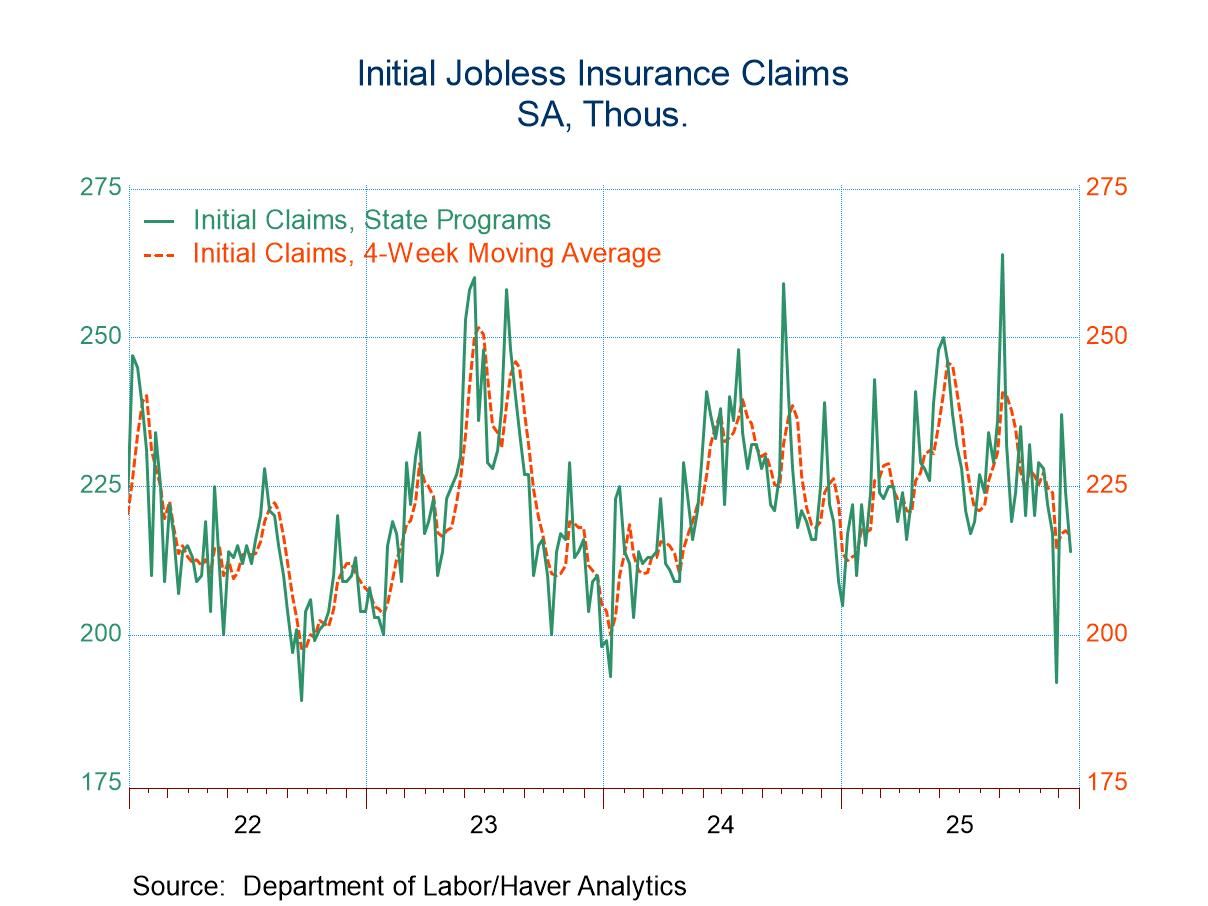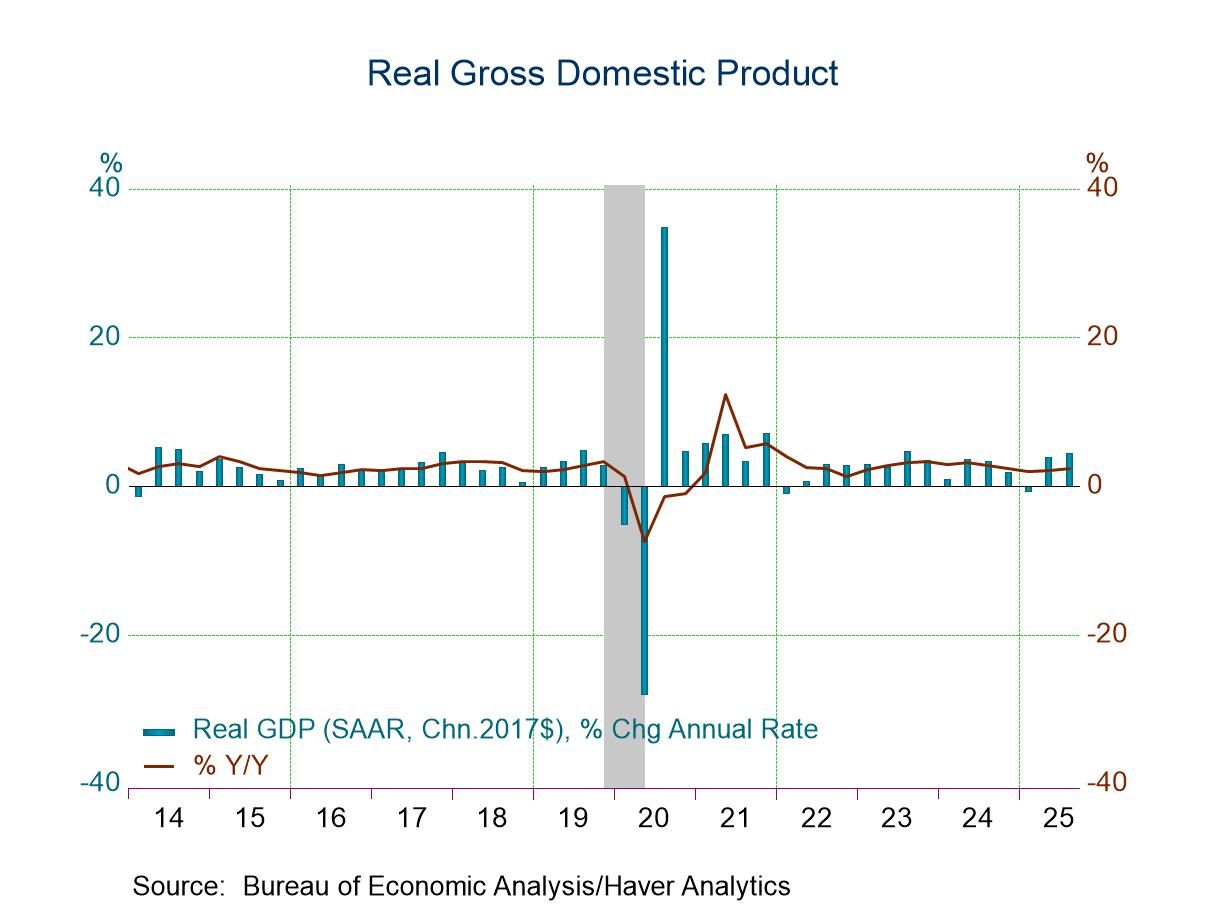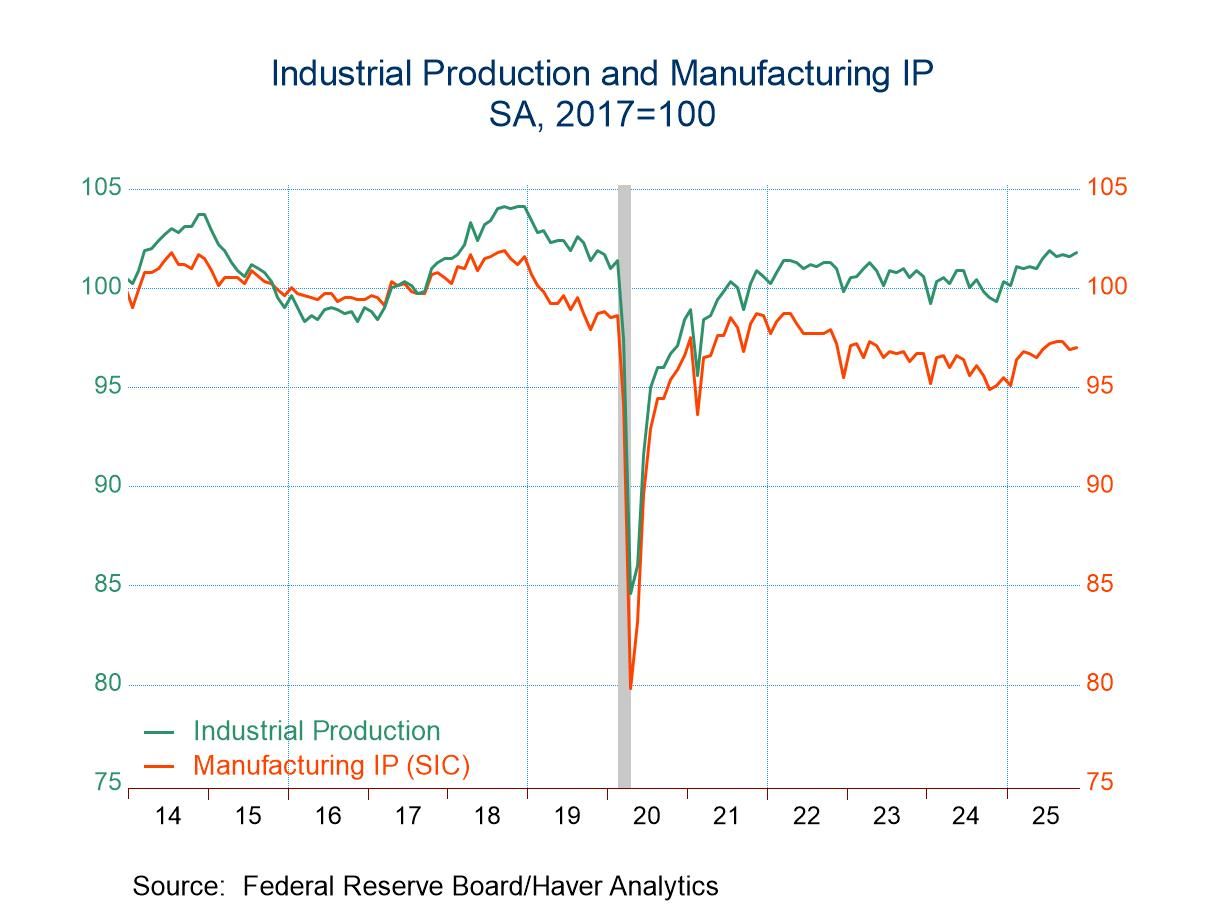 Global| Mar 27 2007
Global| Mar 27 2007Despite the Ups and Downs Confidence Is Strong in Germany, the Czech Republic, Italy and Slovenia
Summary
A batch of confidence indicators, released today, shows that business confidence in Europe continues healthy. Confidence has improved in Germany and the Czech Republic, but faltered in Italy and Slovenia. In Germany, the March [...]

A batch of confidence indicators, released today, shows that business confidence in Europe continues healthy. Confidence has improved in Germany and the Czech Republic, but faltered in Italy and Slovenia. In Germany, the March increase in confidence shown in the broad IFO index confirmed the rise noted earlier in the ZEW index. The IFO index rose 0.65% to 107.7 (2000=100) in March from 107.0 in February. Apparently German business leaders have shrugged off fears that the increase in the Value Added Tax of 3% on January 1, 2007 would have a major impact on demand.
In contrast to Germany, the ISAE (Institute for Studies and Economic Analysis) measure of confidence in Italy fell 0.63% in March to 94.9 (2000=100) from 95.5 in February. While confidence in Germany has tended to improve over the last nine months or so, confidence in Italy has deteriorated as can be seen in the first chart.
The measures used to describe confidence in the Czech Republic and Slovenia are Percent Balances. A positive (negative) balance indicates that those expecting improvement (deterioration) in the economy exceed those expecting deterioration (improvement). Besides reporting confidence as an index, Germany also reports the IFO confidence indicator as a Percent Balance. Comparisons of the Percent Balances of Germany, the Czech Republic and Slovenia are shown in the second chart. The percent balance rose in March, in Germany and the Czech Republic and fell in Slovenia.
In spite of the fact that confidence indicators in Italy and Slovenia have recently declined, confidence in these countries remains strong. As we noted in yesterday's commentary, the Eurostat Synthetic Confidence Indexes, which are so constructed that their long term average is equal to 100 with a standard deviation of 10, allow one to compare the absolute levels of confidence relative to their long term averages in the countries of the European Community. The Synthetic Confidence Indicators for the Czech Republic and Slovenia in February of this year were both equal to 121.2, indicating that confidence was 21.2% above its long term average or more than 2 standard deviations. Italy at 110.3 was 10.3% above its long term average or just over 1 standard deviation and Germany at 108.5 was 8.5% above its long term average or somewhat less than one standard deviation.The Synthetic Indexes of Confidence for Germany, Italy, Slovenia, and the Czech Republic are shown in the third chart.
| MEASURES OF BUSINESS CONFIDENCE | Mar 06 | Feb 06 | Mar 05 | M/M % | Y/Y % | 2006 | 2005 | 2004 |
|---|---|---|---|---|---|---|---|---|
| Germany IFO Index (2000=100) | 107.7 | 107.0 | 105.5 | 0.65 | 2.09 | 105.5 | 95.5 | 95.4 |
| Italy ISAE Index (2000=100) | 94.9 | 95.5 | 94.5 | -0.63 | 0.42 | 95.8 | 87.5 | 89.3 |
| Germany IFO (Percent Balance) | 14.5 | 13.1 | 10.1 | 1.4 | 4.4 | 10.1 | -9.7 | -9.9 |
| Czech Republic (Percent Balance) | 14 | 12 | 7 | 2 | 7 | 10 | 7 | 9 |
| Slovenia (Percent Balance) | 12 | 14 | 7 | -2 | 5 | 9 | 0 | 1 |





